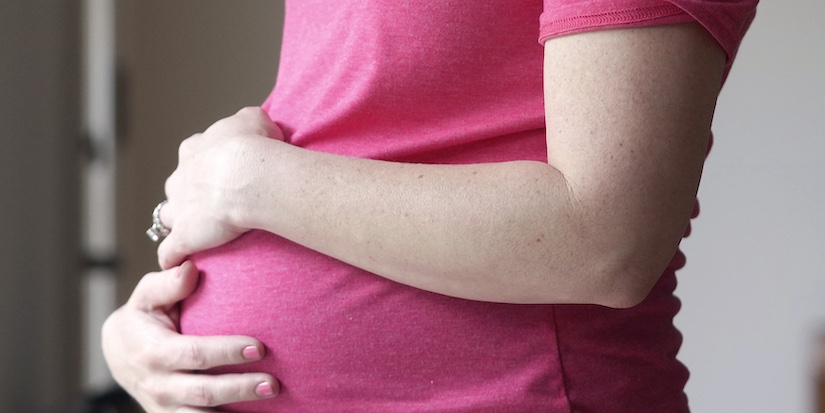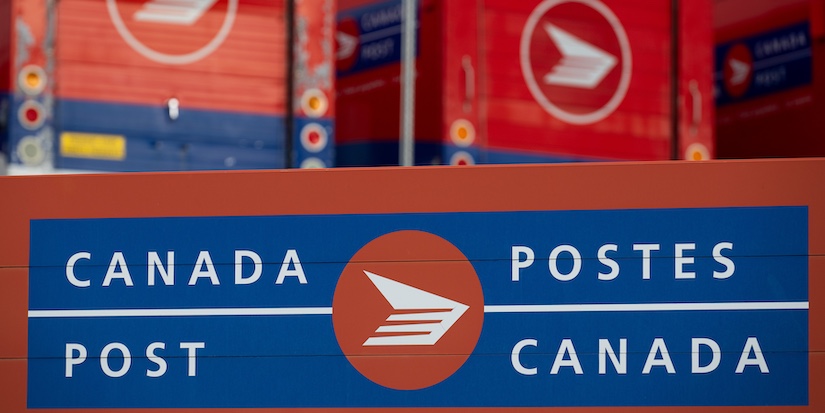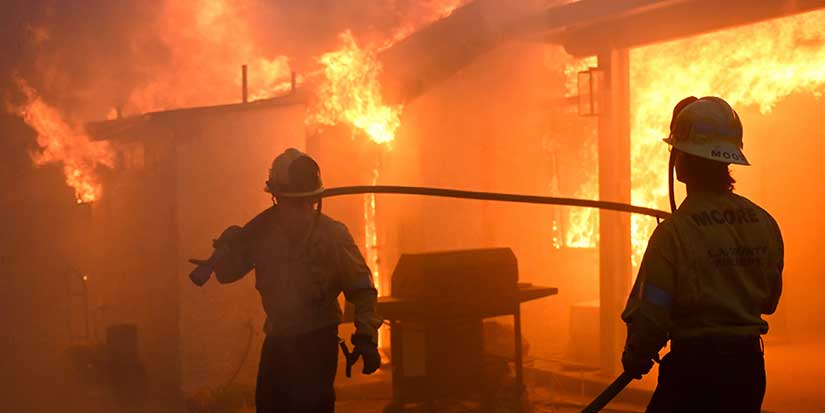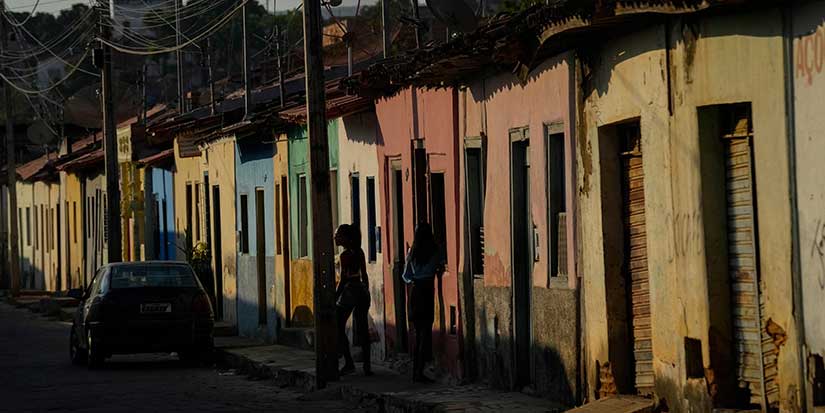Latest News
Quarantine versus isolation: what’s the difference?

Published 11:23 PDT, Tue April 14, 2020
Last Updated: 2:13 PDT, Wed May 12, 2021
—
During the COVID-19 pandemic, it’s important for everyone to practice physical distancing.
But if you may have come into contact with COVID-19, have returned from travel or have symptoms, you’re directed to quarantine (self-isolate) or isolate.
The federal government and its health authorities remind Canadians of the difference between quarantine (self-isolation) and isolation.
Quarantine (self-isolate) if you have no symptoms and any of the following apply:
• You are returning from travel outside Canada (mandatory quarantine)
• You have had close contact with someone who has or is suspected to have COVID-19
• You have been told by the public health authority that you may have been exposed and need to quarantine
During the 14 days of quarantine, stay at home and monitor for symptoms. Avoid contact with others, and practice physical distancing at home and in the community.
If symptoms develop during this time, stay home and isolate from others. Call a health care professional or public health authority.
Isolate if any of the following apply:
• You have been diagnosed with COVID-19 or are waiting to hear the results of a lab test
• You have symptoms of COVID-19, even if mild
• You have been in contact with a suspected or confirmed case of COVID-19
• You have returned from travel outside Canada with symptoms of COVID-19 (mandatory)
While isolating, monitor symptoms and follow directions from public health authorities or your health care provider. Contact your health care provider or public health authority if your symptoms get worse.
For more information, click here.




































